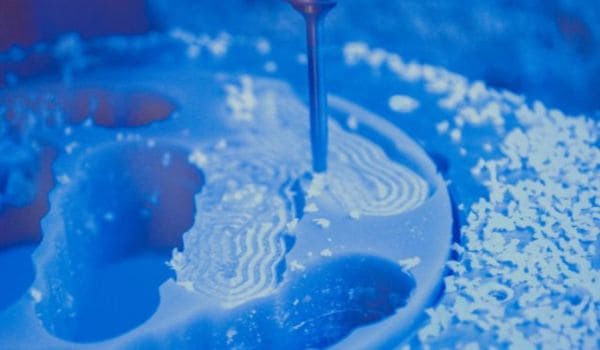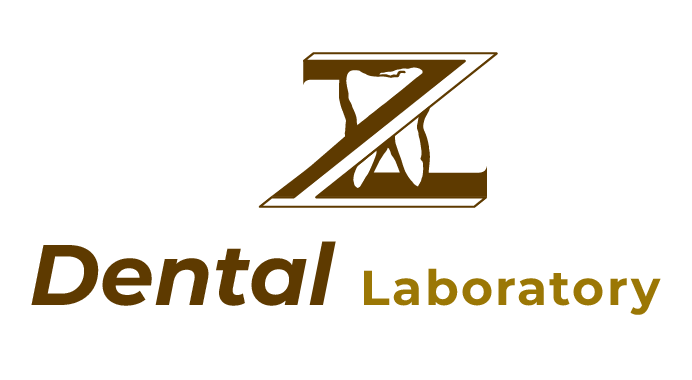Let’s explore five of the most exciting advancements that are transforming dentistry
1. Digital Dentistry: A Streamlined Workflow
Digital dentistry encompasses a suite of technologies that are revolutionizing the dental workflow. Here are some key components:
- Digital Impressions: Say goodbye to the gooey discomfort of traditional impressions! Digital scanners capture highly accurate 3D images of your teeth and gums, eliminating gagging and providing a more comfortable experience.
- CAD/CAM Technology: Computer-Aided Design (CAD) and Computer-Aided Manufacturing (CAM) work hand-in-hand. Technicians utilize CAD software to design custom restorations like crowns, bridges, and dentures on a digital platform. This design is then sent to a CAM machine that precisely mills the restoration from high-quality materials.
- Virtual Try-ins: Advanced software allows dentists to create a virtual representation of a client’s restored teeth, enabling you to visualize the final outcome and make adjustments if desired.
You might want to see: Dental Labs going digital: the future of dentistry
2. 3D Printing: Crafting Custom Restorations
3D printing technology has made significant inroads into dentistry, offering a faster and more precise way to create restorations.
- Printing Dentures, Crowns, and Surgical Guides: 3D printers can produce a wide range of dental restorations, including dentures, crowns, and even surgical guides used for implant placement. These printed restorations are known for their high accuracy and precise fit.
- Faster Production Times and Reduced Costs: 3D printing streamlines the restoration process, eliminating the need for traditional casting and allowing for on-site production in some cases. This can lead to faster turnaround times and potentially lower costs for patients.
- Potential for Personalized Treatment Options: 3D printing opens doors for greater customization of dental care. For instance, 3D-printed biocompatible materials may pave the way for personalized implants or tissue regeneration techniques in the future.
At Z Dental Laboratory, we use the most advanced technologies in production stages such as CAD/CAM technology and 3D printing technology from globally recognized manufacturers.
Try our 3D printing sample HERE!

3. Laser Dentistry: Minimally Invasive Procedures
Laser technology offers a more precise and gentle approach to various dental procedures.
- Precise and Efficient Tissue Removal: Lasers can be used for precise tissue removal in gum disease treatment, frenectomies (removal of tight tissue), and crown lengthening procedures. This minimizes bleeding, reduces discomfort, and promotes faster healing times.
- Reduced Bleeding and Faster Healing Times: Laser procedures often result in less bleeding compared to traditional methods. This allows for better visualization during surgery and potentially faster healing for patients.
- Applications in Gum Disease Treatment and Soft Tissue Surgery: Lasers play a valuable role in treating gum disease by removing infected tissue and promoting regeneration. They are also used for various soft tissue surgeries, offering a more comfortable and efficient approach.
4. Intraoral Scanners: Enhanced Patient Comfort
Intraoral scanners are handheld devices that capture highly detailed digital images of the teeth and gums. They offer a significant improvement over traditional impressions.
- Eliminating Traditional Discomfort of Impressions: Intraoral scanners eliminate the need for messy and uncomfortable impression materials. This is a welcome relief for patients with sensitive gag reflexes.
- Faster Scanning Process for Improved Efficiency: Intraoral scanning is a much faster process compared to traditional impressions. This translates to shorter appointment times and a more efficient workflow for dentists.
- Real-Time Visualization for Improved Treatment Planning: Intraoral scans provide a real-time view of the oral cavity on a screen, allowing dentists to visualize treatment needs and plan procedures more effectively.
5. Artificial Intelligence (AI) in Dentistry: The Future is Here
The field of dentistry is increasingly embracing the power of Artificial Intelligence (AI). AI has the potential to revolutionize various aspects of dental care:
- Advanced Diagnostics and Treatment Planning: AI algorithms can analyze dental scans and X-rays to identify potential problems and recommend treatment options. This can lead to earlier diagnoses and more personalized treatment plans.
- Predictive Analytics for Personalized Care: AI can analyze vast amounts of dental data to predict potential risks for individual patients. This allows dentists to implement preventive measures and offer more personalized care.
- Enhanced Patient Education and Communication: AI-powered chatbots can provide patients with readily available information about dental procedures and answer basic questions, improving patient education and communication.
These are just a few of the exciting advancements transforming dentistry. As these technologies continue to evolve, we can expect even more innovative solutions that will enhance patient care, improve treatment outcomes, and make dentistry a more comfortable and efficient experience for everyone.













